Plants and Flowers Encyclopedia
Trachycarpus Fortunei
The is a special palm tree because of its extra winter hardiness. This palm is so strong that it survives the Dutch winters. It gets a long straight trunk with a palm branch crown with fan-shaped palm leaves at the top. This palm is very popular and loved in the Netherlands, because of its tough tropical appearance and because it is strong enough for our winters. The Dutch name for this palm tree is the 'Hemp Palm', and it belongs to the Arecaceae, or the palm family. It can therefore be placed both outside and inside. This palm likes a lot of sun, and also likes to drink a lot of water when there is a lot of sun.

The Fortunei likes a sip of water
For almost all plants, watering is an important part of the plant's survival and growth. The fortunei is certainly no exception! In this chapter, you will find all the necessary information so that you can provide your fortunei with moisture in the right way.
Summer
During the summer it is very important that this palm, when it is outside, is kept well moist. Especially during the warm days it should be watered every day, so that the root ball is soaking wet. On the less warm days this can sometimes be skipped for a day. This is so important because otherwise the palm 'drinks' moisture from its leaves, causing it to become dry and eventually die. This should of course be prevented.
Winter
When winter is upon us, the rules are reversed! If the palm is outside, it must remain dry so that the moisture does not freeze and damage the palm. The Trachycarpus does not suffer from a dry root ball during this period, it is in a kind of hibernation!
When the palm is kept indoors during the winter it should be kept slightly moist, so not soaking wet (as in summer), but just so that the root ball feels slightly damp.
General rules
In addition to the above guidelines, it is best to follow these rules:
First, give the palm a little water. If the soil is dry within 2 days, it means it needs a little more water. Adjust the amount of water until it still feels slightly moist between 2 and 5 days after watering, and almost dry after 5 days. If it feels very wet after 5 days, wait until it is almost dry and water again, but reduce the amount.

Spraying
We recommend that you spray the palm with water weekly. However, we do not recommend this during hot summer days, so that you do it either in the evening after sunset, or on days when the sun shines little, because the water droplets bundle the incoming sunlight into small points that become very hot. These make the leaves dry, or even burn through.
Apart from the negative effect of bright sunlight on wet leaves, misting has beneficial effects for your Trachycarpus. Namely, it removes dust from the leaves, allowing them to absorb sunlight better and look more beautiful, and it prevents certain types of pests.

Where to place the Fortunei
For many plants and palms it is important to determine the right place where it can stand best. A lot or little sun, sheltered from the wind, in the shade at certain sun positions… this all makes a difference for the development of the plant. In this chapter you will find what is best for the .
Light
The is a palm that loves a lot of sunlight. It likes to be in the full sun outside in the open space the most, taking in all the light. Is it inside? Then it definitely wants a spot by a window where the sun shines through. The Trachycarpus requires at least 3 hours of direct sunlight per day
Heat
Is your Trachycarpus outside and is it going to freeze hard? When the temperature drops below -15 degrees, it needs to be protected. This can be done with a [light string] or a [frost protection cover]. The root ball should not be wet at freezing temperatures, so make sure you have a planter that can drain water. It can also help to wrap the root ball in bubble wrap, so that it is insulated from the surrounding cold, damp soil.
Wind
Make sure the palm experiences as little wind as possible. Wind damages the leaves, causing them to die off more quickly. A little wind is not a problem, but it is definitely recommended to place the palm in an area surrounded by a dense high fence or something similar.
Temperature requirements
Minimum temperature during the day: -10 ℃
At night minimum -15 ℃

Repotting, why and when?
Repotting a Trachycarpus whose root ball has grown through has a few advantages. Namely, the palm grows faster when the roots have the space. The palm can also withstand lower temperatures better with a larger root ball. It can then absorb moisture from the soil better and is therefore stronger and more stable.
General rules
When the Trachycarpus has rooted (often every 2-3 years) we recommend repotting it in the spring. If it is always inside, it does not matter. If it is outside, it is not a problem to repot it in the summer, but we advise against it in the autumn and winter, because it will not grow and root optimally then. This can make it somewhat weak, and possibly suffer damage from frost.
When you choose to repot your Trachycarpus, choose a nice pot that is twice the size of the root ball. Place a layer of hydro grains at the bottom of the new pot for better moisture control. It will be grateful for that. Fill this layer with some Mediterranean potting soil. This type of soil ensures that the Trachycarpus roots optimally and is fed. Then you can place the root ball on the ground. Make sure that the top of the root ball is slightly below the edge of the pot. Aim for a difference of 2 to 6 cm. This difference ensures that the water does not run off the root ball when you water it.
Every year you should replace the top layer of soil, because it hardens and 'wears out' in nutrients, due to regular watering and because of the sunlight on the upper edge of the root ball.
Furthermore, it is no problem to plant the Trachycarpus in the open ground, as long as it is in a good place, with enough sunlight, little wind and the palm is protected at extremely low temperatures (see 'Location'). We also recommend pouring a bag of hydro grains under the root ball.

Provide the Fortunei with good nutrition
During the summer and spring periods your Trachycarpus needs to be fed well. Unfortunately, a good soil type is not enough for this. It certainly helps in certain needs of the plant. But to keep the leaves nice and deep green and strong, we recommend supplementing the nutrition with the specialized food [Palm Focus]. Pokon is often recommended by other shops, but we advise against it, because .... Palm Focus is a product based on natural nutrients from many different sources, a mix of organic, vegetable acids and pure concentrates of seaweed. It is the perfect 'fertilizer' for palms. Your palm tree is very grateful for this nutrition and will reward you with shiny deep green leaves and healthy strong roots.
If you want to give your palm tree that little bit of extra luxury, we also recommend supplementing Palm Focus with [Plant Ultra]. This provides a few extra useful nutrients that the Trachycarpus loves. They are not essential, but do help with root growth and extra health and strength of the palm.

When the leaves change color
The leaves can get black leaf tips. This can mean that too much water has been released. Brown or yellow leaves can mean that too little water is being released. We then recommend checking this and possibly adjusting the watering. We also recommend making the palm tree a bit more beautiful by simply cutting off the ugly tips with scissors.
It is also possible that the palm has been moved from a place with a lot/little light to a place with a different amount of light. This can also cause the leaves to discolour. The new leaves will be more resistant to direct sunlight.

How to prune and when?
The leaves of the Fortunei will eventually wither. If this is the case with a leaf, you can simply cut the stem near the trunk. It is not a big deal to prune a whole leaf with the stem of the palm. This is the way the palm forms its trunk. Never shorten the trunk, that would kill the palm. It is important that the trunk and the core remain good and healthy for the survival of the palm.

How can I propagate the Fortunei?
Many plants are easy to propagate by e.g. cuttings or harvesting and planting the seeds. The fortunei is difficult to propagate. This can only be done by seed, and a difficult process that we do not recommend doing.
The Fortunei also gets flowers..
The Fortunei can get flowers outside, which look like yellow bunches. We recommend removing these flowers from the palm, because they suck energy from the palm tree. That energy could possibly be better directed to further growth and strength of the palm.

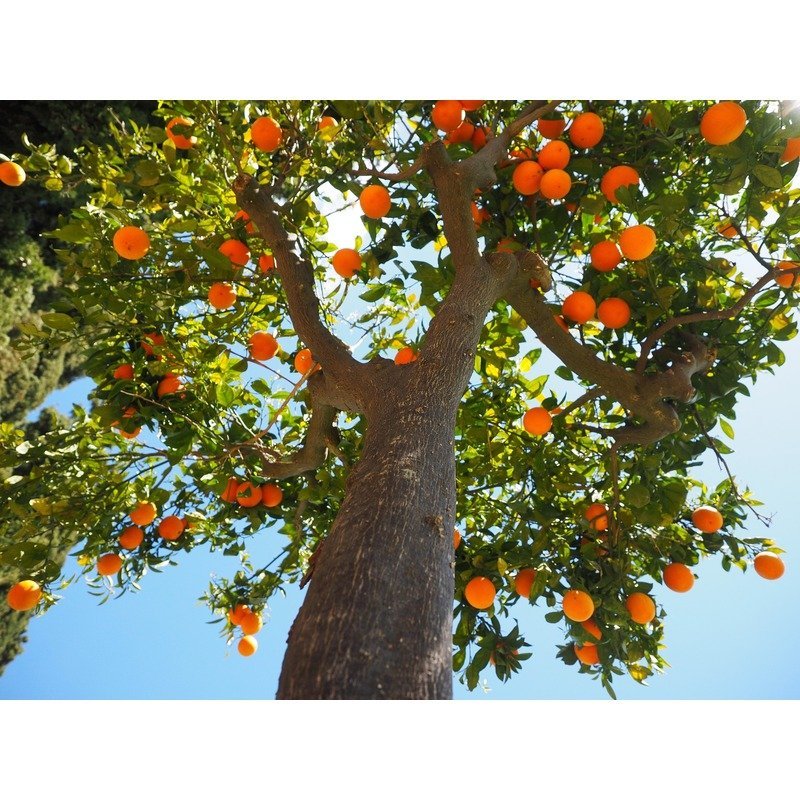

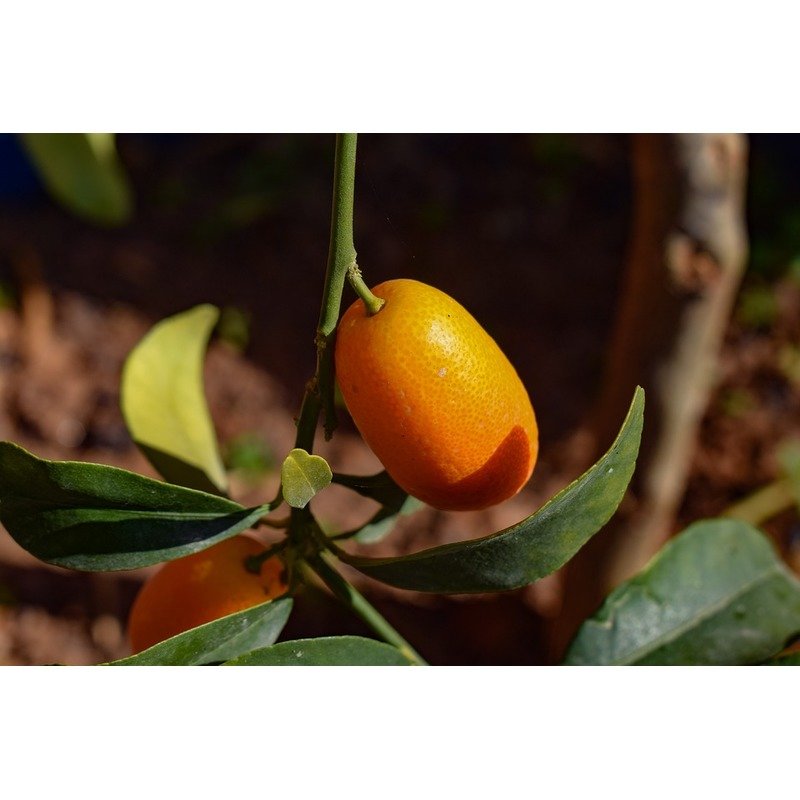
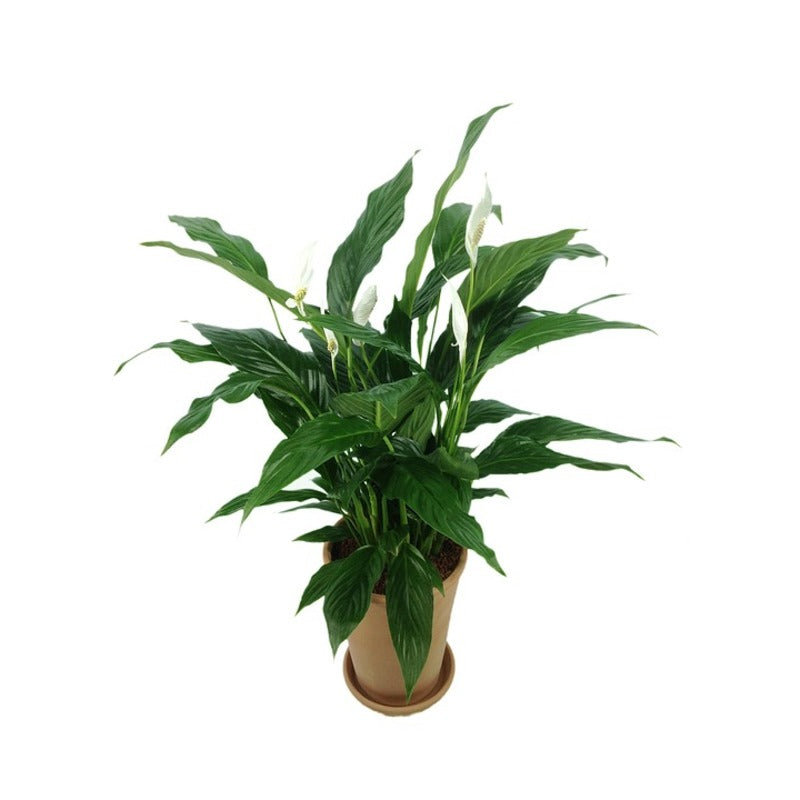
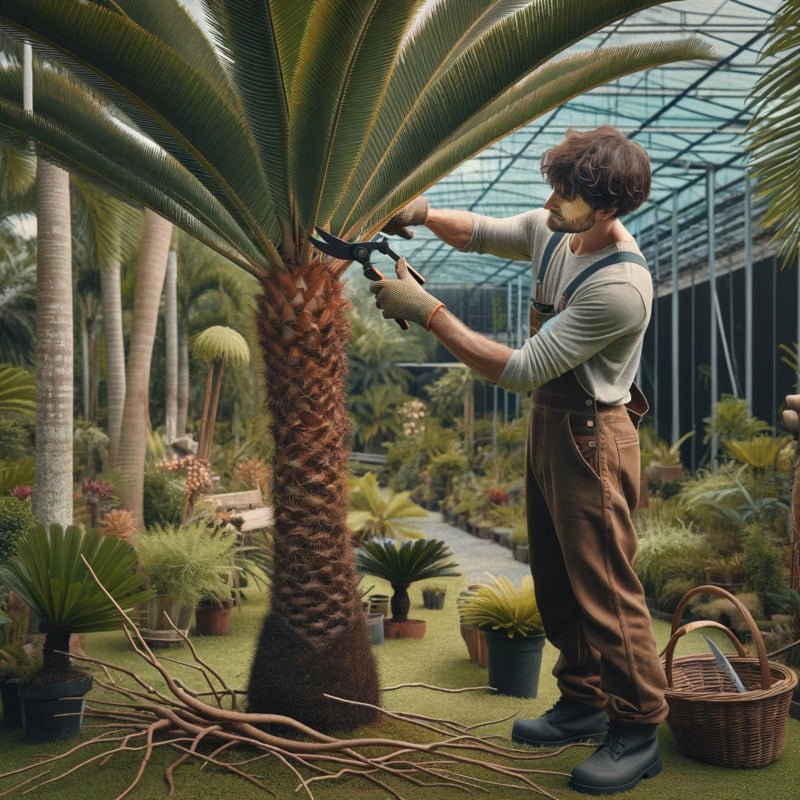


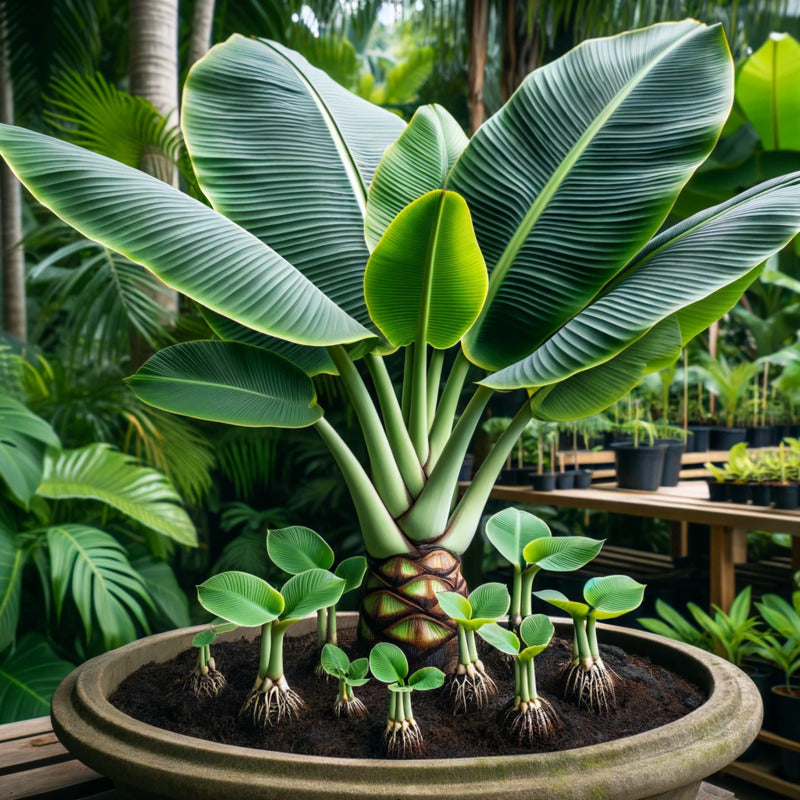

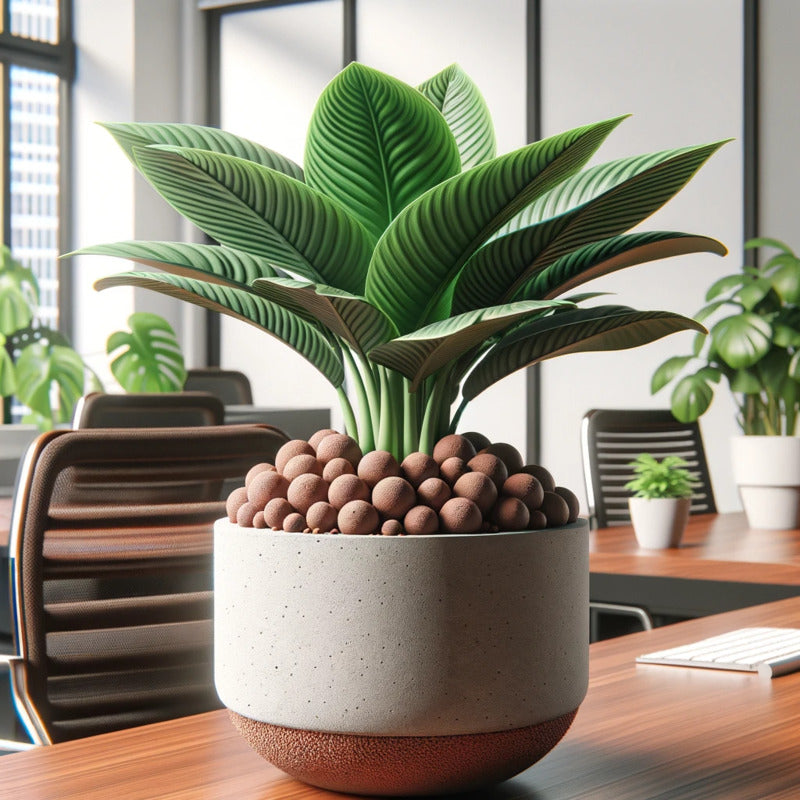

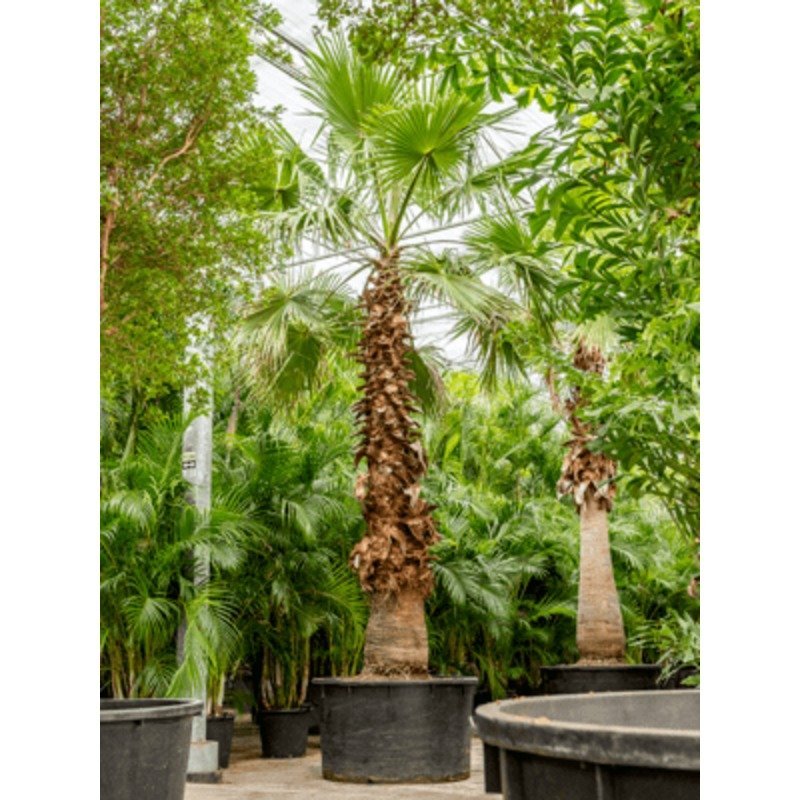
Share:
Cycas Revoluta
Canary Island Date Palm (Phoenix Canariensis)